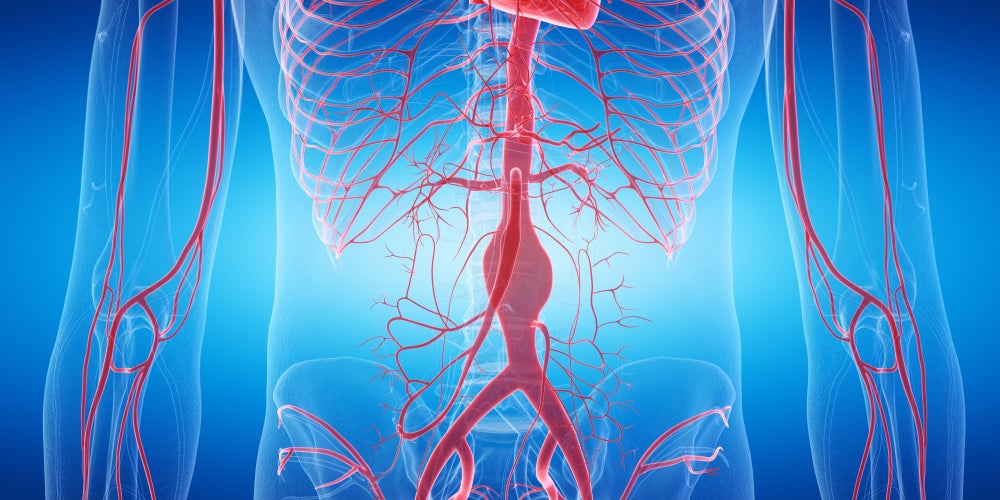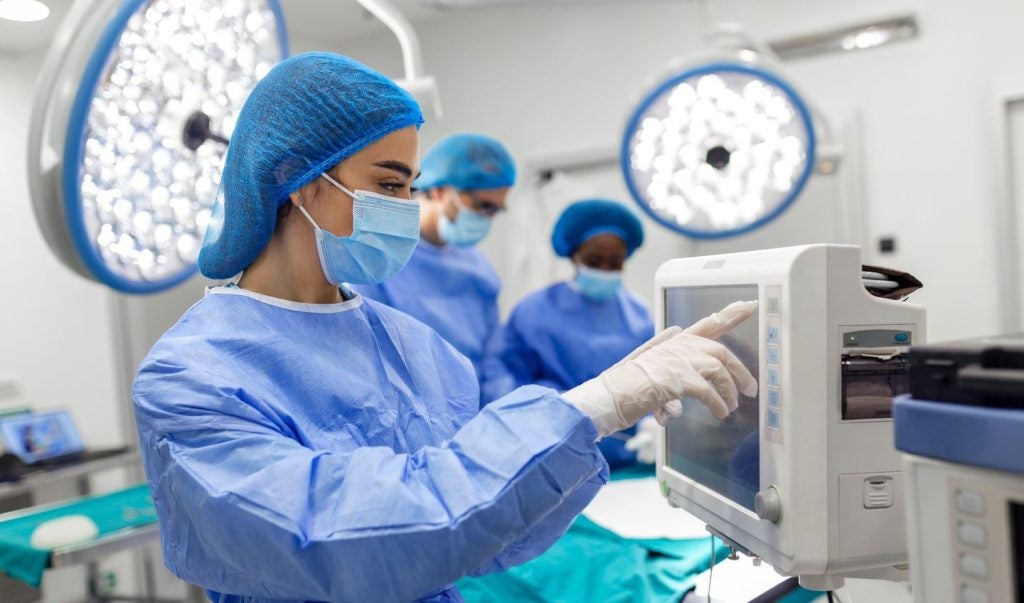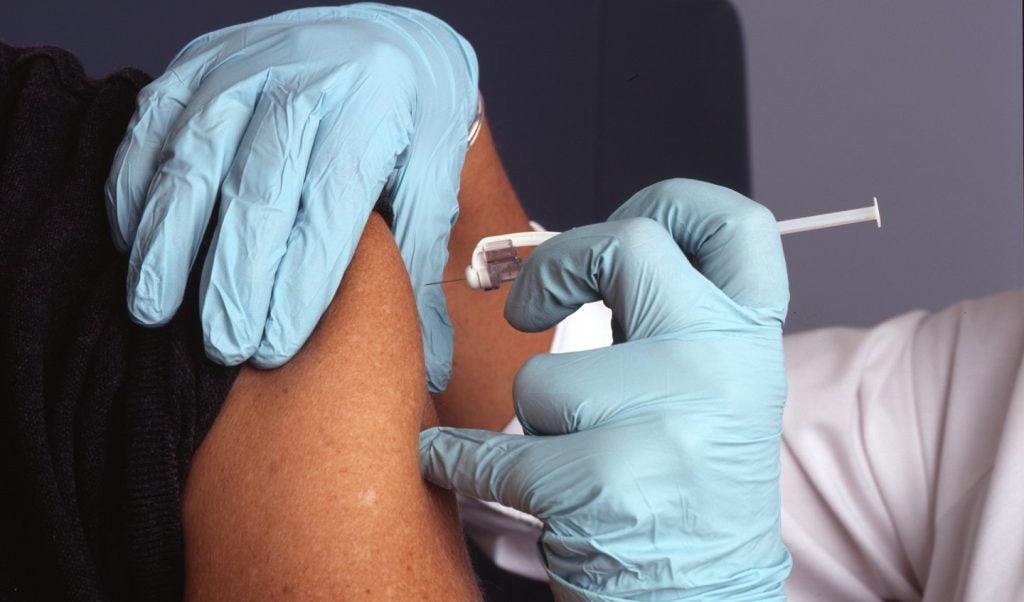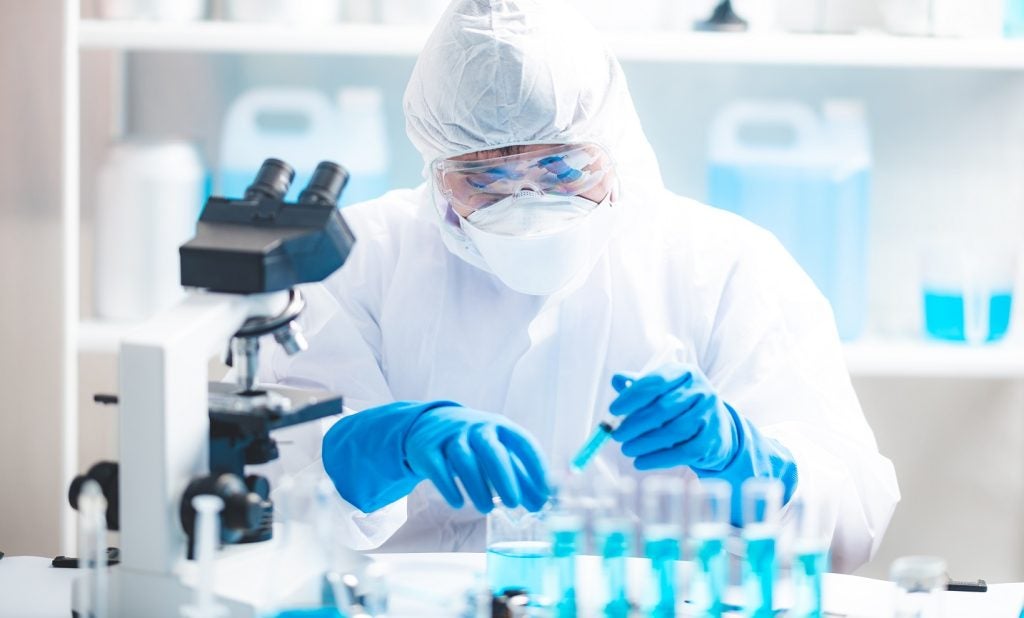Artificial intelligence (AI) is proving to be an invaluable tool across the medical device industry, from diagnosis to treatment. AI's primary contribution to cancer detection lies in its ability to analyse vast amounts of data swiftly and accurately, while traditional diagnostic methods often rely on the manual examination of medical images, which can be time-consuming and subject to human error.
The use of AI in decreasing error rates of cancer detection has been well-documented, with one study showing that pathologists who utilised AI in detecting cancer-positive lymph nodes had reduced their error rate from 3.4% to 0.5%. AI’s ability to flag potential indication-positive cases much faster than physicians, with similar if not greater accuracy, also means that more patient profiles can be reviewed in a shorter timeframe. [1]
AI in radiology, pathology, and personalised medicine
One of the most significant breakthroughs in AI-driven cancer diagnostics is in the field of radiology. Advanced AI systems are now capable of analysing mammograms, CT scans, and MRIs to detect early signs of cancer. A study published in Nature revealed that an AI system developed by Google Health outperformed radiologists in detecting breast cancer, reducing false negatives by 9.4% and false positives by 5.7%. [2]
Progress is also being made for the applications of AI in pathology. Traditionally, pathologists examine biopsy samples under a microscope to diagnose cancer – a process that is not without its flaws.
To improve this, AI-powered digital pathology uses deep learning algorithms to analyse digital images of tissue samples to identify cancerous cells with a high degree of accuracy. This provides pathologists with a powerful tool to aid in their diagnoses.
Outside of image analysis, AI algorithms are being employed to analyse genomic data, which can reveal genetic mutations associated with various types of cancer. Genomic analysis can guide personalised treatment plans, ensuring that patients receive therapies tailored to their specific genetic profiles. The integration of AI in genomic diagnostics represents a significant step towards precision medicine, where treatments are customised to achieve the best possible outcomes for individual patients.
The vital role of medical wire in advancing AI in oncology
Amid these AI technological advancements, high-quality medical components play a crucial role in facilitating accurate diagnostics. This is where companies such Alleima come in. Known for its expertise in advanced materials technology, Alleima manufactures precision medical wire components that are critical in various diagnostic devices, including ultra-fine medical wire used in the construction of sensors and probes that gather the essential data for AI algorithms to analyse.
The performance of diagnostic devices hinges on the quality and accuracy of gathered data, and Alleima’s commitment to excellence ensures that these devices operate with the highest levels of precision.
In early-stage breast cancer, surgeons carry out wire-guided excision biopsies, or wire localisation, to detect exactly where the lesion is and remove it. Alleima designs and manufactures custom wire for this purpose. “Generally, the localisation wires are made of either stainless steel or nitinol, which allows for flexibility and strength. Both are always important when you're putting anything in the body,” says Cacie McDorman, engineering manager at Alleima.
Nitinol’s shape memory properties make it easy to overcome the common challenges associated with biopsy markers. This nickel-titanium can be compressed and loaded into an applicator so that when it is pushed out, it returns to its original shape. This means that it can immediately fix itself into the tissue and prevent the marker from migrating.
For more information about nitinol and medical wire components, visit Alleima’s website.















